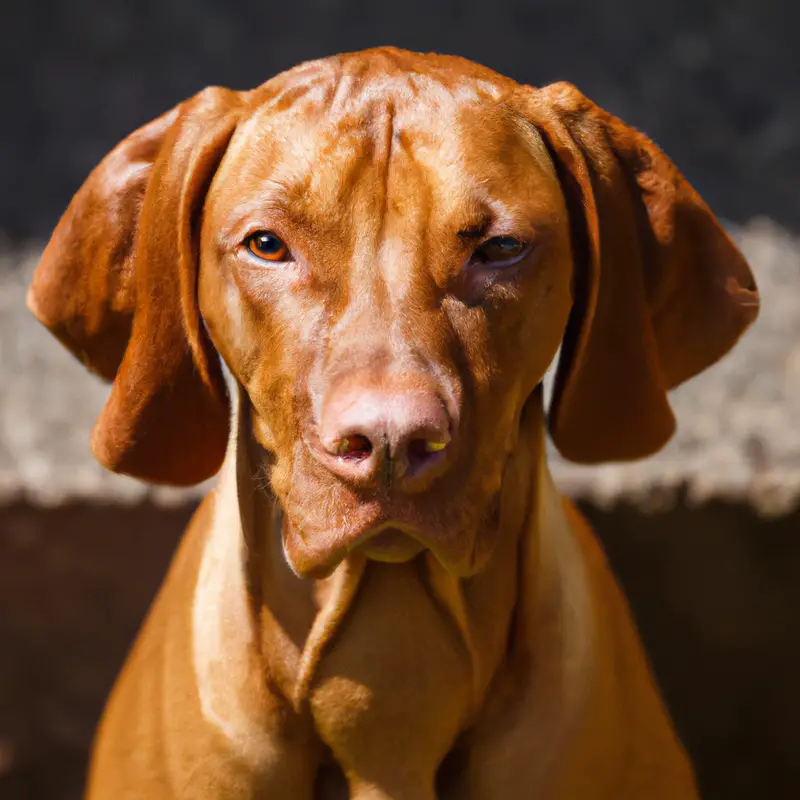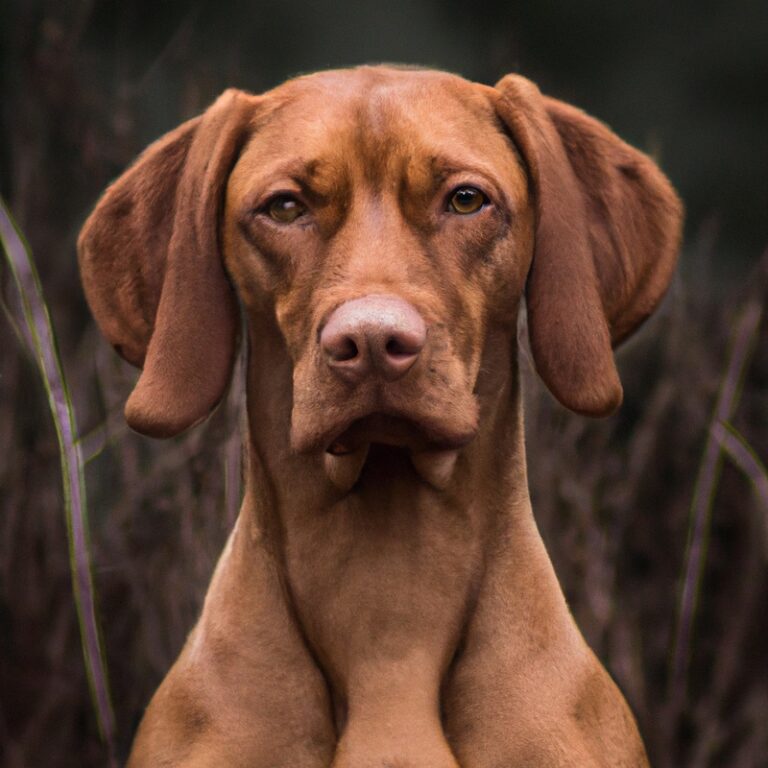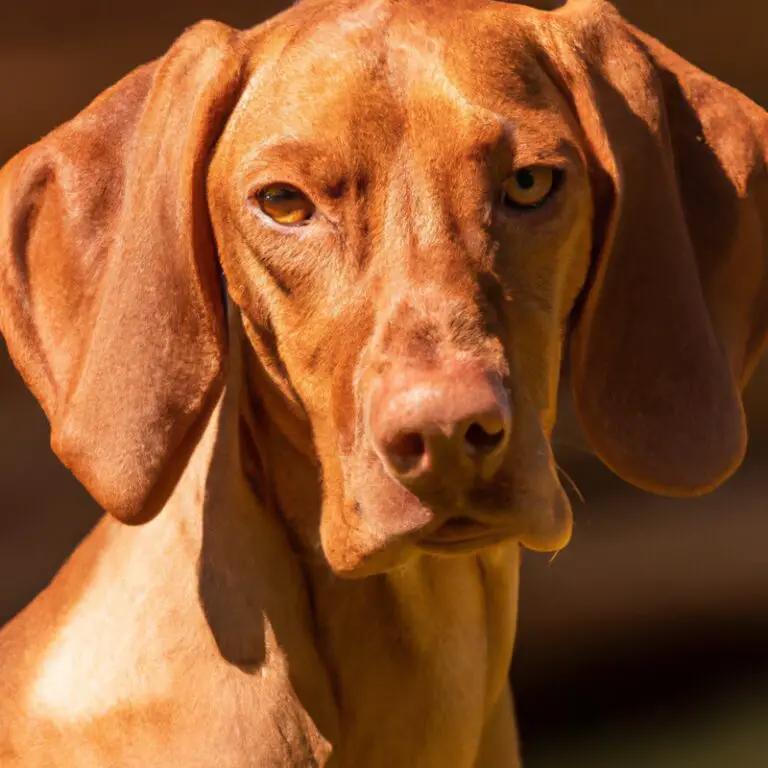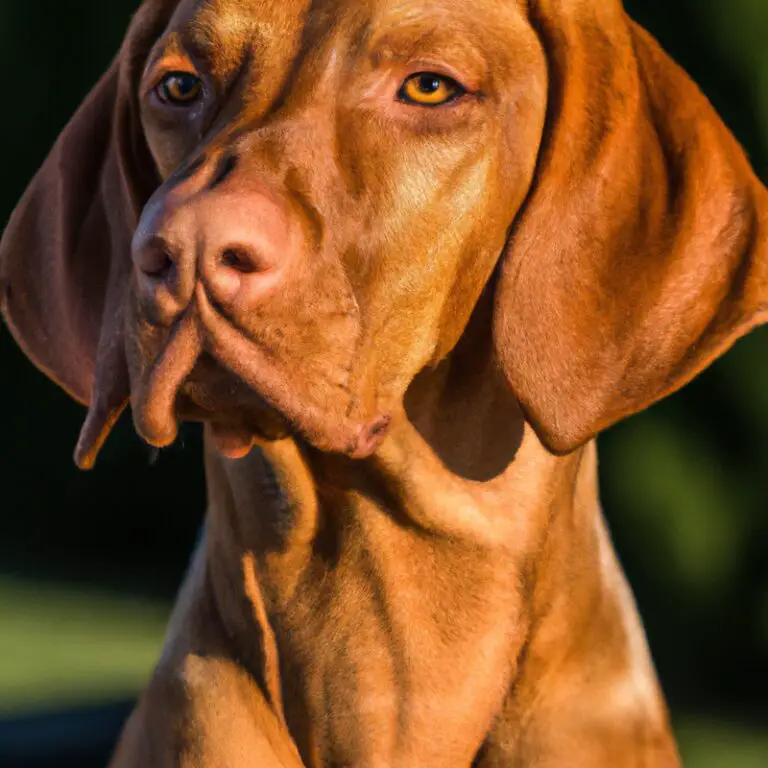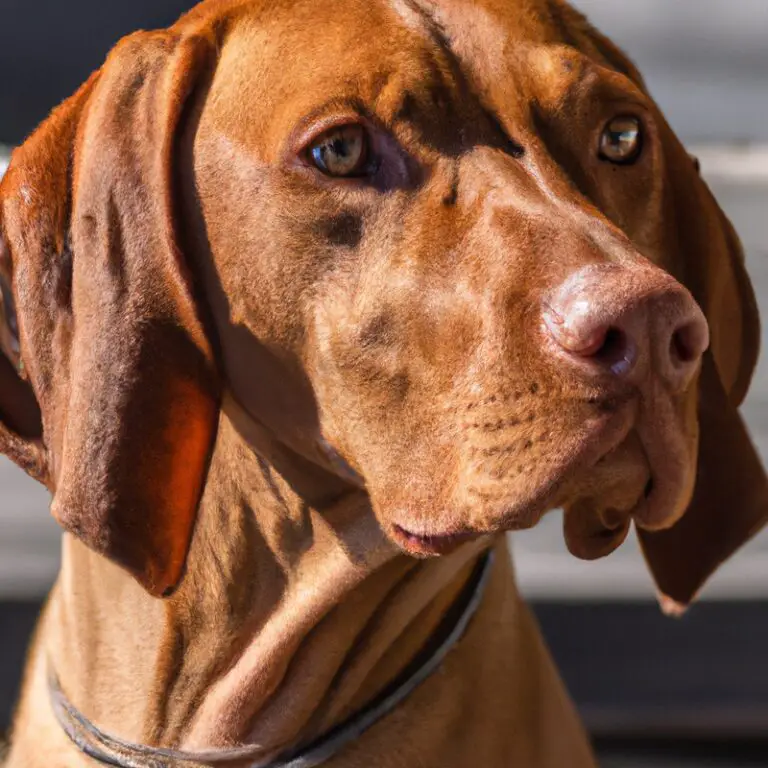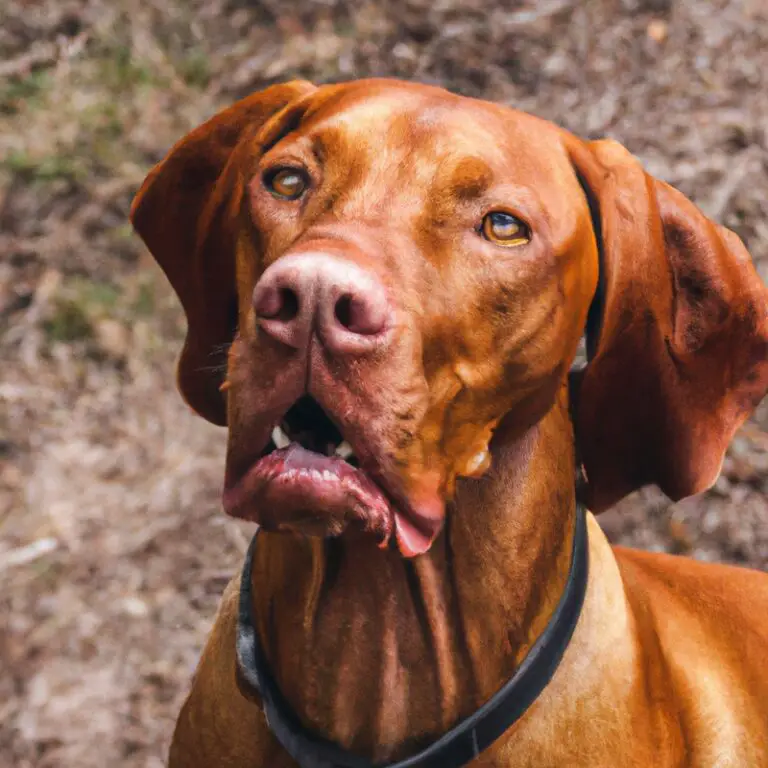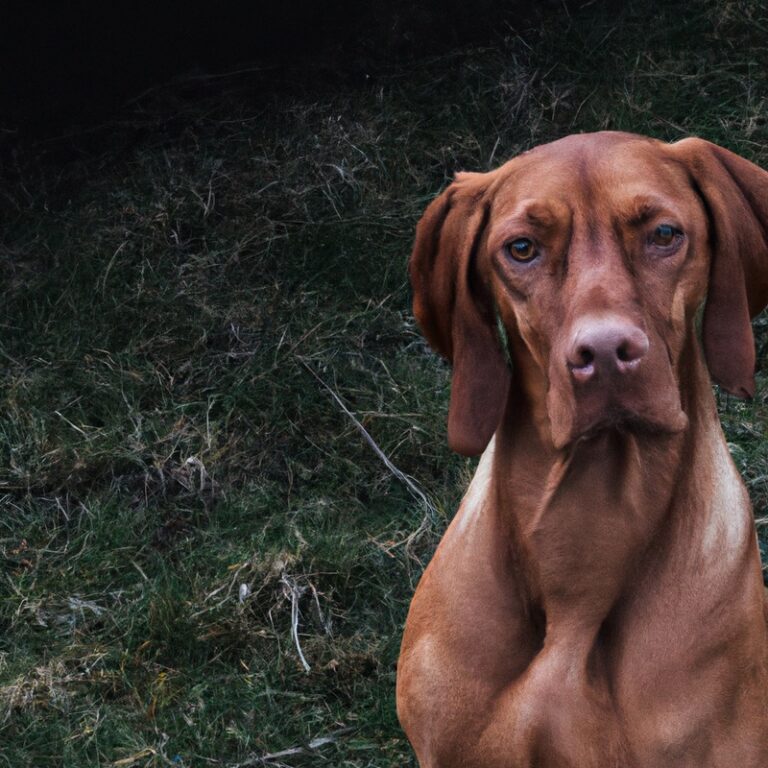How Do I Handle Vizsla’s Resistance To Grooming Or Handling Of Paws?
Key Takeaways:
- Positive reinforcement and gradual desensitization can help overcome a Vizsla’s resistance to grooming or handling of paws.
- Building trust and creating a positive association with grooming tools can make the process easier for a Vizsla.
- Patience, consistency, and regular grooming sessions are key in successfully managing a Vizsla’s resistance to grooming or paw handling.
- Seeking professional help or attending training classes can provide additional guidance and support in handling a Vizsla’s resistance to grooming or paw handling.
Does your lovable Vizsla turn into a wiggle monster whenever you try to groom them or handle their paws?
If so, you’re not alone! Many Vizsla owners face the challenge of their furry friends resisting grooming or paw handling.
But fear not, because I’m here to help you navigate this common struggle.
In this article, I’ll delve into the reasons behind your Vizsla’s resistance, underline the importance of regular grooming and paw handling, and provide you with practical tips to overcome their resistance.
Say goodbye to those squirming sessions and hello to a well-groomed and happy Vizsla! So let’s dive in and discover how to handle your Vizsla’s resistance like a pro.
| Grooming/Handling Techniques | Pros | Cons |
| Positive Reinforcement | Builds trust and positive association, increased cooperation | May take time and patience to see results |
| Desensitization and Counterconditioning | Reduces fear and anxiety over time, gradual progress in tolerating grooming or paw handling | Requires consistent training, may take longer for some Vizslas to fully acclimate |
| Professional Grooming | Experienced groomers can efficiently handle resistance, provide a calm environment | Costly if done regularly, may not address underlying behavioral issues |
| Using Appropriate Tools | Using gentle grooming tools can minimize discomfort, select tools suitable for Vizsla’s coat | May require trial and error to find the right tools, some resistance may still persist |
| Paw Massage and Touch Exercises | Helps Vizslas get comfortable with paw handling, improves bonding | Requires time and consistency, not suitable for all Vizslas |
Understanding Vizsla’s Resistance to Grooming or Handling of Paws
Why Vizslas May Resist Grooming or Handling
Vizslas may resist grooming or handling due to a few reasons. Firstly, they are a highly sensitive and energetic breed, so they might find certain grooming techniques uncomfortable or overwhelming.
Secondly, if they have had negative experiences in the past, they may develop a fear or aversion to being handled or groomed.
Lastly, Vizslas have a strong need for independence, so they may resist grooming as a way of asserting their autonomy. It’s important to be patient, use positive reinforcement, and gradually introduce and desensitize them to grooming and handling.

The Importance of Regular Grooming and Paw Handling for Vizslas
Regular grooming and paw handling are vital for Vizslas due to their unique coat and active lifestyle.
Grooming helps maintain their coat’s health and appearance, preventing matting and skin issues.
It also allows you to check for any abnormalities or potential health concerns.
Regular paw handling helps keep their paws clean, reduces the risk of infections, and enables early detection of injuries or irritations.
Both grooming and paw handling sessions also provide opportunities for bonding and building trust between you and your Vizsla.
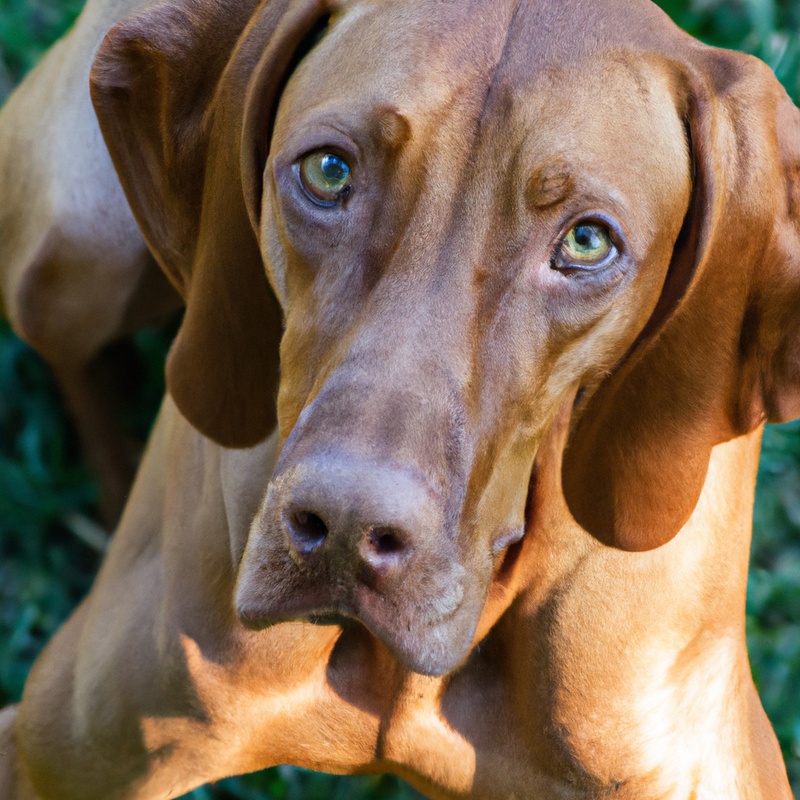
Tips for Overcoming Vizsla’s Resistance to Grooming or Handling of Paws
When dealing with a Vizsla’s resistance to grooming or handling of paws, here are some tips to help overcome these challenges:
- Start slow: Introduce grooming or handling sessions gradually, allowing your Vizsla to get used to the process at their own pace.
- Positive reinforcement: Use treats and praise to reward your Vizsla for their cooperation during grooming or paw handling. This will create a positive association with the experience.
- Desensitization: Gradually expose your Vizsla to the tools and techniques used during grooming, such as brushes or nail clippers. By familiarizing them with these items, you can help reduce their resistance.
- Patience and persistence: Take your time and be patient with your Vizsla. It may take a few sessions for them to become more comfortable with grooming or handling their paws.
- Seek professional help: If you’re struggling to overcome your Vizsla’s resistance, consider consulting a professional dog trainer or groomer for guidance and assistance. They can provide personalized advice based on your Vizsla’s specific needs.
Why Vizslas May Resist Grooming or Handling
Breed Characteristics that Contribute to Resistance
Vizslas have certain breed characteristics that contribute to their resistance to grooming or handling.
- Independent nature: Vizslas are known for their independent streak, which can make them less receptive to being handled or groomed.
- High energy levels: These dogs are full of energy, which can make it difficult to keep them still during grooming sessions.
- Sensitivity to touch: Vizslas have a sensitive temperament and may be more sensitive to touch, making them wary of grooming activities.
- Strong prey drive: Due to their strong hunting instincts, Vizslas may become easily distracted, making it challenging to keep them still for grooming.
Understanding these breed characteristics can help you approach grooming or handling sessions with patience and a gentle touch.
Negative Experiences or Trauma
Negative experiences or trauma can have a significant impact on a Vizsla’s resistance to grooming or handling. For example, if your Vizsla had a painful or traumatic experience during a past grooming session, they may develop a fear or aversion to being handled.
This can result in resistance, such as pulling away, growling, or even snapping.
It’s important to approach grooming or handling with patience, understanding, and gentle techniques to help your Vizsla overcome any negative associations they may have.
Lack of Familiarity and Socialization
Lack of Familiarity and Socialization: One reason why Vizslas may resist grooming or handling is due to a lack of familiarity and socialization.
If a Vizsla hasn’t been exposed to grooming or having their paws touched from a young age, they may find it unfamiliar and uncomfortable.
Proper socialization and gradual introductions to grooming procedures can help them become more comfortable with these activities.
Positive reinforcement and patience are key when helping your Vizsla overcome their resistance.
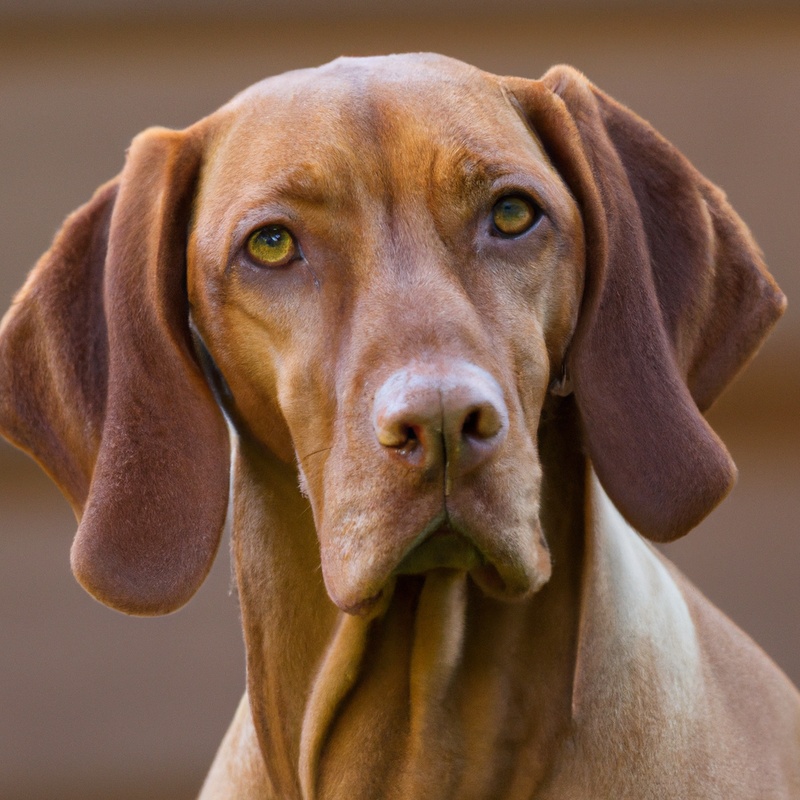
The Importance of Regular Grooming and Paw Handling for Vizslas
Promoting Good Health and Hygiene
Taking care of a Vizsla’s health and hygiene is vital for their overall well-being.
Regular grooming helps maintain their coat and skin health.
Brushing their teeth prevents dental issues.
Cleaning their ears reduces the risk of infections.
Trimming their nails ensures proper paw health.
Regular check-ups with the veterinarian help catch any potential health problems early on.
Providing a balanced diet and regular exercise also contribute to their good health.
By prioritizing these habits, you can promote good health and hygiene in your Vizsla.
Building Trust and Bonding
Building trust and bonding with your Vizsla is key to a strong relationship.
Spend quality time together, engaging in activities your dog enjoys.
Show consistency in your actions and provide positive reinforcement.
Communicate through body language and gentle touch to build a deeper connection.
Respect your dog’s boundaries and provide a safe environment.
Be patient and understanding, as trust takes time to develop.
Remember, trust and bonding are built on love, patience, and mutual respect.
Preventing Behavioral Issues
Preventing behavioral issues in Vizslas is essential for a happy and well-adjusted dog.
To do so, provide consistent training and socialization from an early age.
Regular exercise and mental stimulation are also crucial to prevent boredom and destructive behaviors.
Additionally, establish clear boundaries and rules in the household and reward good behavior.
Remember to use positive reinforcement techniques and avoid punishment.
Lastly, seek professional help if needed to address any underlying issues.
By being proactive and attentive to your Vizsla’s needs, you can help prevent behavioral problems down the line.
Tips for Overcoming Vizsla’s Resistance to Grooming or Handling of Paws
Gradual Desensitization and Counterconditioning
Gradual desensitization and counterconditioning are key techniques for helping your Vizsla overcome resistance to grooming or handling.
Gradual desensitization involves exposing your dog to the grooming or handling activities in small, manageable steps, gradually increasing the difficulty over time.
Counterconditioning focuses on changing your dog’s emotional response by pairing the grooming or handling with something positive, like treats or praise.
By consistently and patiently practicing these techniques, you can help your Vizsla become more comfortable and cooperative during grooming or paw handling sessions.
Positive Reinforcement and Rewards
Positive reinforcement and rewards are essential when it comes to handling a Vizsla’s resistance to grooming or paw handling.
By using positive reinforcement techniques, you can create a positive association and make these activities more enjoyable for your Vizsla.
Here are a few tips:
- Use treats or their favorite toy as rewards for cooperating during grooming or paw handling sessions.
- Break down the tasks into smaller steps and reward progress along the way.
- Offer verbal praise and gentle petting to reinforce good behavior.
- Be patient and consistent with your training, as it may take time for your Vizsla to become comfortable.
Seeking Professional Help if Needed
If you’re struggling to groom or handle your Vizsla’s paws despite your best efforts, it may be time to seek professional help. A professional groomer or trainer who specializes in working with Vizslas can provide valuable assistance in overcoming your dog’s resistance.
They have the knowledge, experience, and techniques to handle the situation effectively.
They can also provide guidance on the best grooming tools and methods for your Vizsla’s specific needs. Don’t hesitate to reach out for professional assistance when necessary.
Frequently Asked Questions
How often should I groom my Vizsla?
To keep your Vizsla looking and feeling their best, you should groom them regularly. Ideally, aim to brush your Vizsla’s coat at least once a week to remove any loose hair and prevent matting.
Additionally, you should check their ears for any dirt or debris and clean them as needed.
Keep an eye on their nails and trim them every 2-4 weeks to prevent overgrowth. Don’t forget to brush their teeth regularly and schedule professional grooming sessions as needed to maintain their overall cleanliness and health.
How can I make grooming a positive experience for my Vizsla?
To make grooming a positive experience for your Vizsla, start by introducing grooming gradually and in short sessions.
Always use positive reinforcement and rewards to associate grooming with something enjoyable.
Take your time, be patient, and use gentle techniques.
Make sure your Vizsla is comfortable and relaxed during grooming by using a cozy, calming environment.
Finally, build trust and a strong bond with your Vizsla through consistent and regular grooming sessions.
What if my Vizsla continues to resist grooming despite all efforts?
If your Vizsla continues to resist grooming despite all your efforts, it’s important to reassess your approach.
Consider consulting a professional dog groomer or trainer who specializes in handling resistant dogs.
They can provide you with expert advice and techniques to help you address your Vizsla’s resistance in a safe and effective manner.
Patience and consistency are key, so continue working with your dog and seek professional guidance if needed.
Final Verdict
Understanding the reasons behind a Vizsla’s resistance to grooming or handling of paws is crucial in addressing this issue.
Breed characteristics, negative experiences, and lack of familiarity can all play a role in their behavior.
Regular grooming and paw handling are essential for promoting good health, building trust, and preventing behavioral issues.
By implementing gradual desensitization, positive reinforcement, and seeking professional help if needed, you can overcome your Vizsla’s resistance and create a positive grooming experience.
Remember, patience and consistency are key.
Your Vizsla’s well-being and the bond you share are worth the effort.

